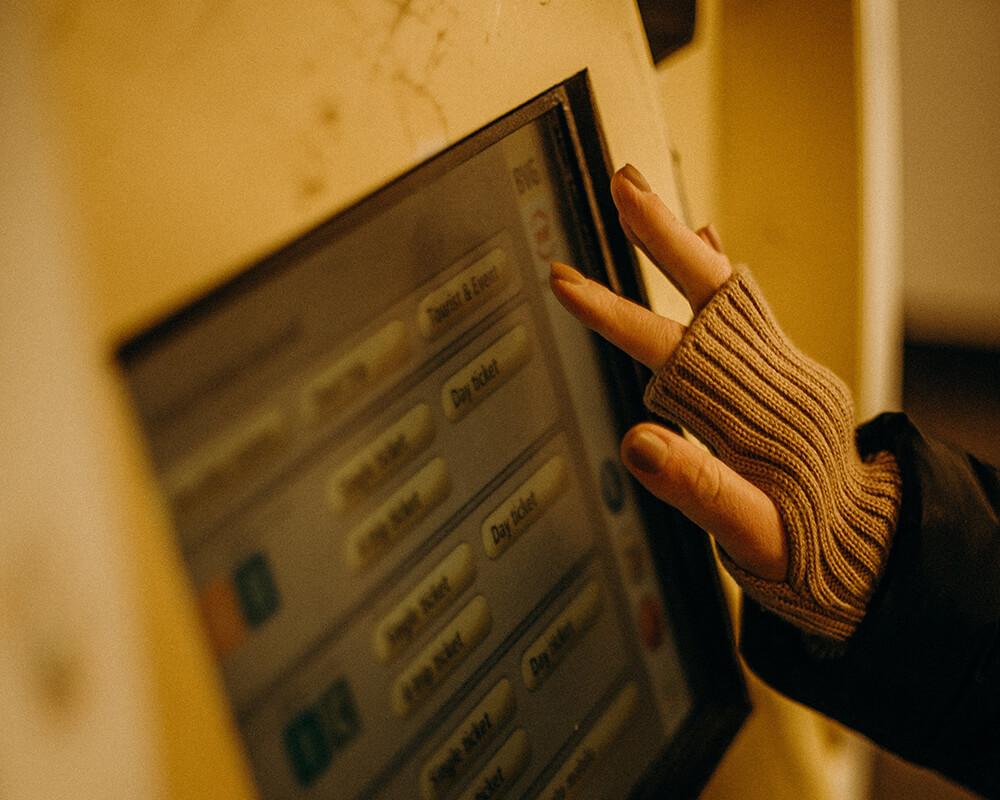November 1, 2017 By: KS Karthikeyan
By removing Human labor to provide additional capacity for more strategic work, RPA simply creates more value with less investment. So let us understand what RPA exactly means and how worthy RPA is for various kinds of processes.
Robotic process automation (RPA) is an advanced automation technology which allows us to configure various software or “robot” that can capture activities of existing applications for file conversion and transmission, dashboard monitoring, triggering various alerts, transaction processing, manipulating data and interaction with different digital systems.
RPA implementation is meant for industries that deal with a high volume of repetitive tasks, where a huge man force is involved in generic mundane work. Putting these activities into RPA will save money and time which will help in boosting human capabilities towards innovation and making life better. Now let us try to assess the selection criteria for the processes which can make use of RPA effectively.
Process Selection Criteria Template:
- Low: 0-10%
- Medium: 10-50%
- High: 50-100%
For e.g. Process Name: Extracting Data from Bex Analyser

While selecting a process for automation, fill in the above template by entering Process Name, Checking the boxes against the tasks that exist and Rating it low, medium or high based on the range it fits for a particular task and finally check the Overall Rating. Based on the final assessment, if the overall rating is high then proceed for RPA else consider any other available technique.
A few insights that can be drawn from the above table:
Considering various factors like, if the frequency of human errors involved in the process is higher or the process repetitiveness is more or/and the volume of data is large then RPA is highly suitable for such processes. Meanwhile, if the frequency of exceptions and amendments to current processes increases the complexity or stability of a process then in such cases RPA may not be recommended.
The impact of choosing the right processes to automate can be directly visualized in terms of allowing the professionals to get involved in innovative thinking, personal interaction, problem-solving and decision-making tasks rather than using them for mundane, repetitive, administrative tasks.
However, choosing which processes to automate may not be easy; the closer you get to understand your processes, the sooner you can create the best-fit automation scenario for achieving success.



